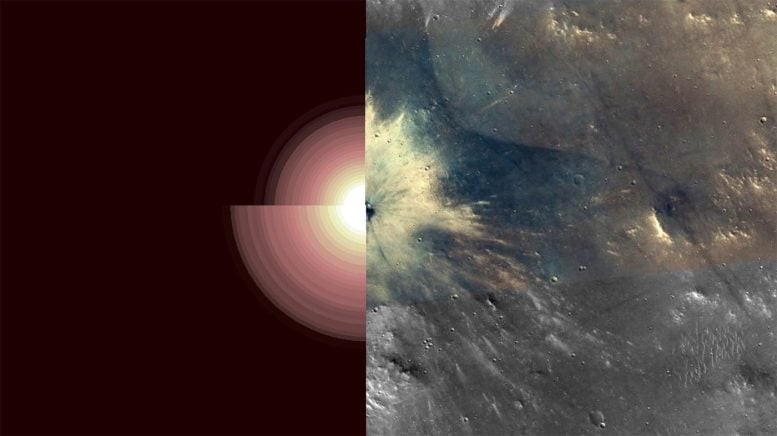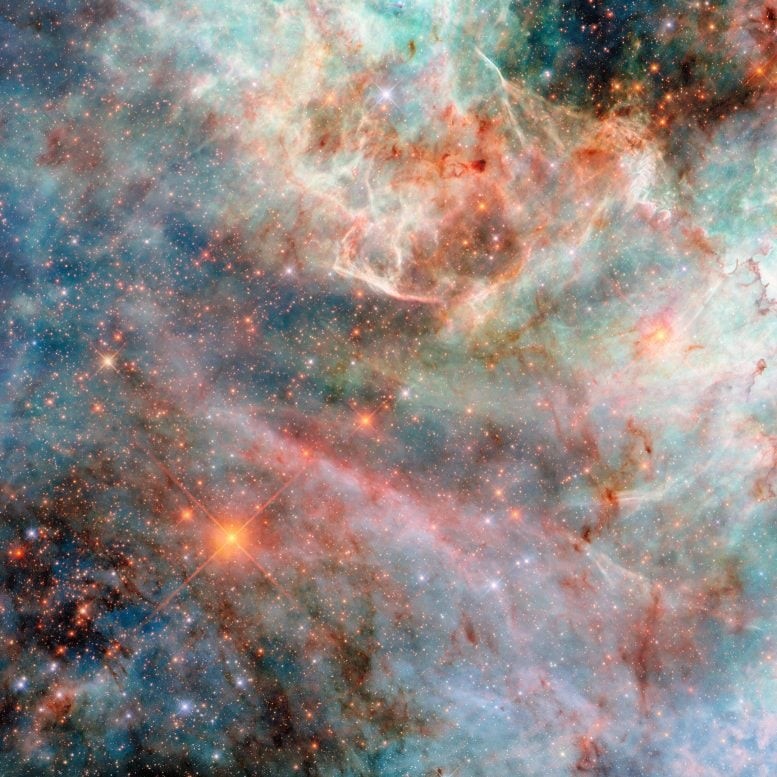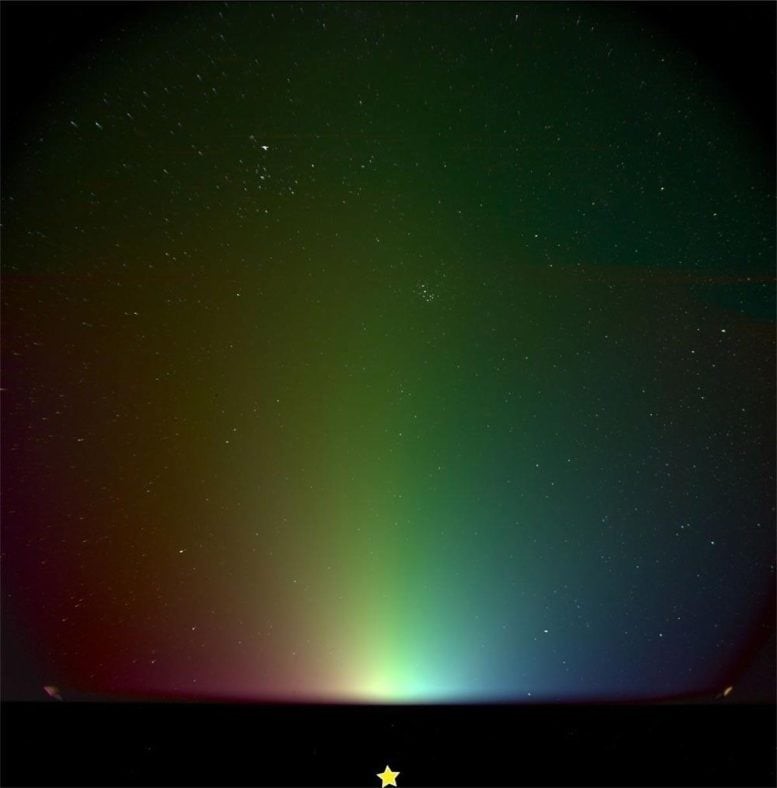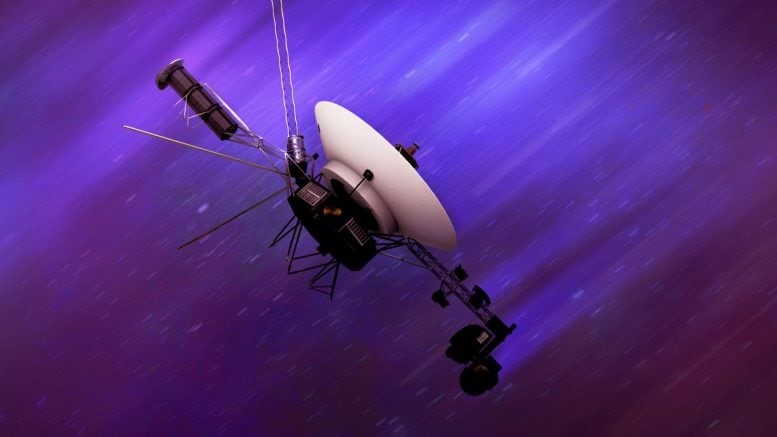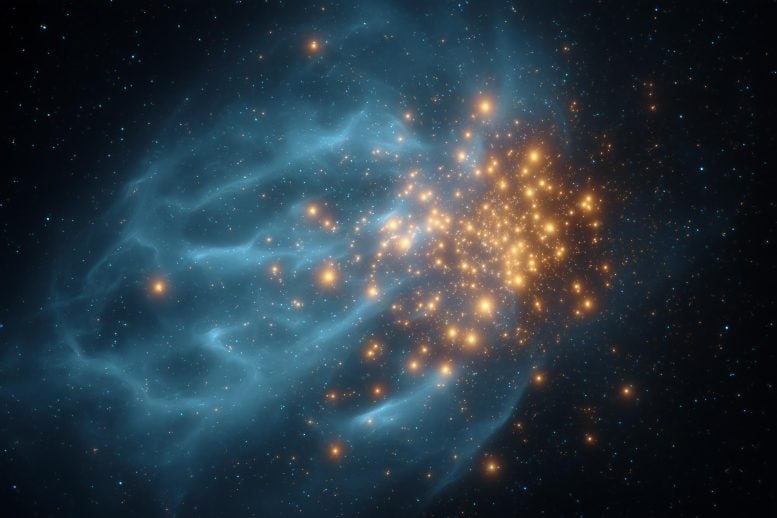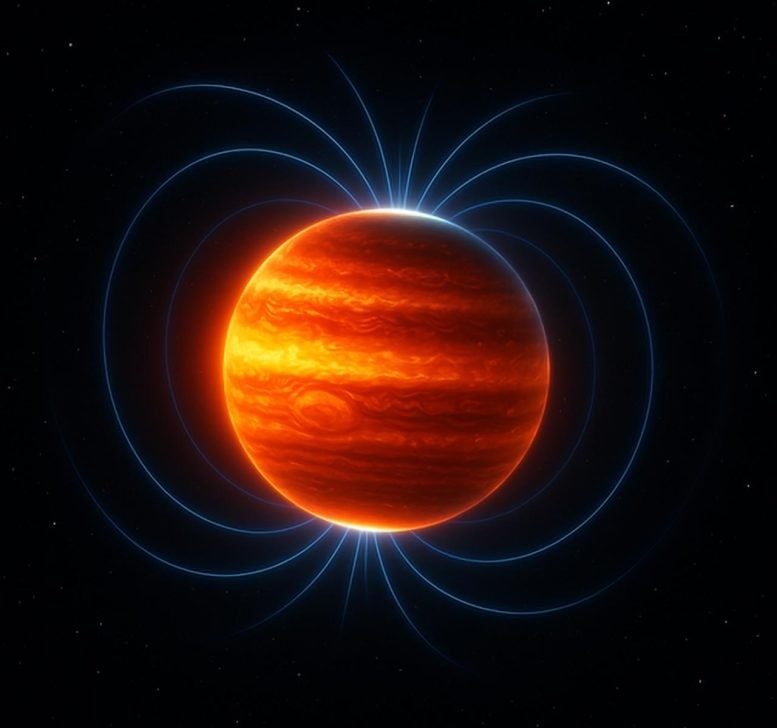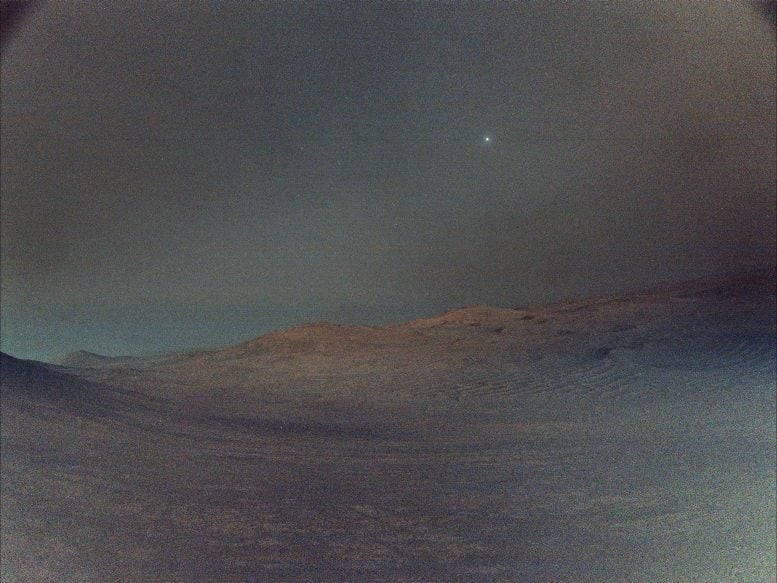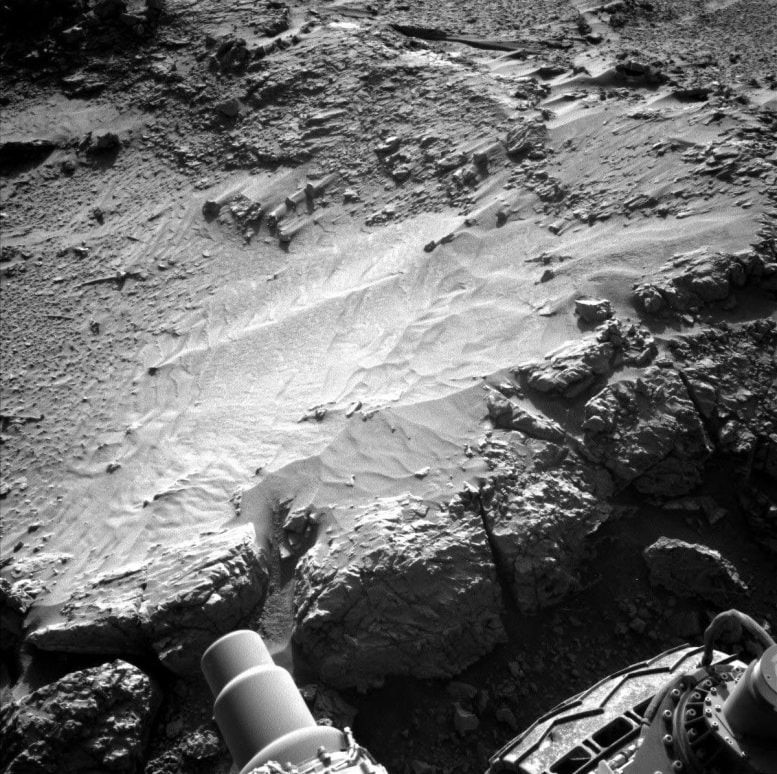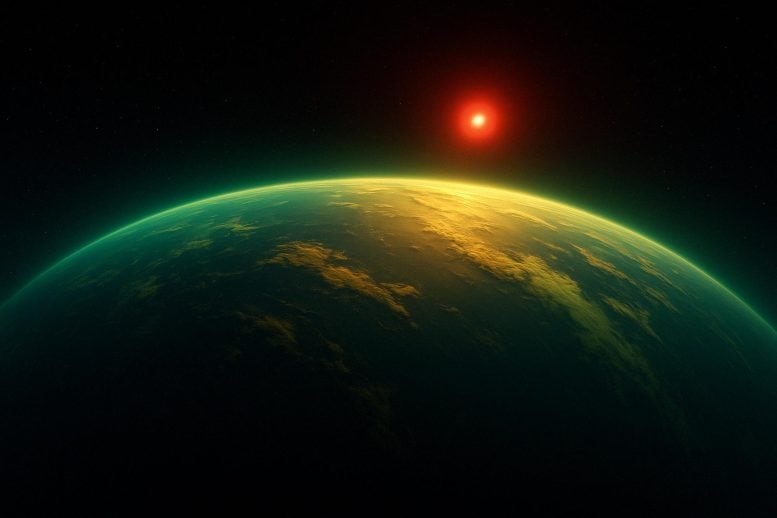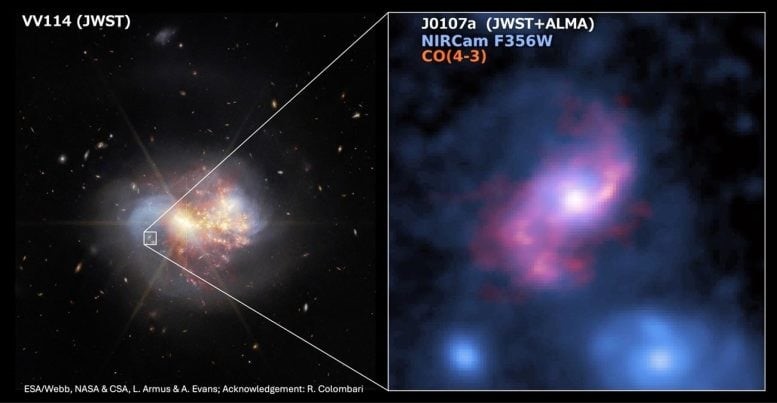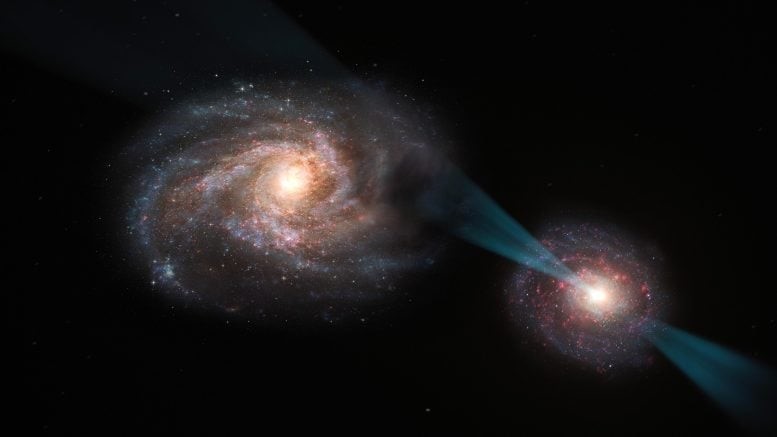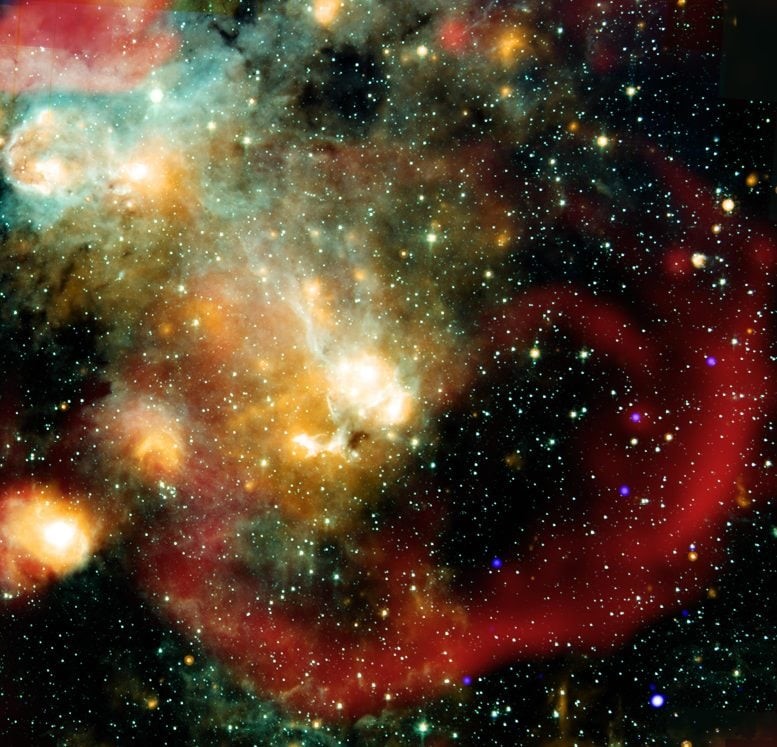Jupiter’s Massive Secret: Tiny Moons Hint at A Planet Twice as Large
Rethinking Solar System Formation Models
For decades, celestial mechanics has leaned on a traditional view: the evolution of the Solar System was shaped primarily by the gravitational forces of Jupiter and the Sun. While this framework remains influential, growing evidence suggests Jupiter played a much more dynamic role in sculpting the Solar System’s early architecture. Understanding the full history of Jupiter’s formation and structural evolution has become a central piece in unraveling the mysteries of our cosmic origins. Yet, the timing and details of Jupiter’s birth remain shrouded in uncertainty—largely due to the limitations of existing accretionary models.
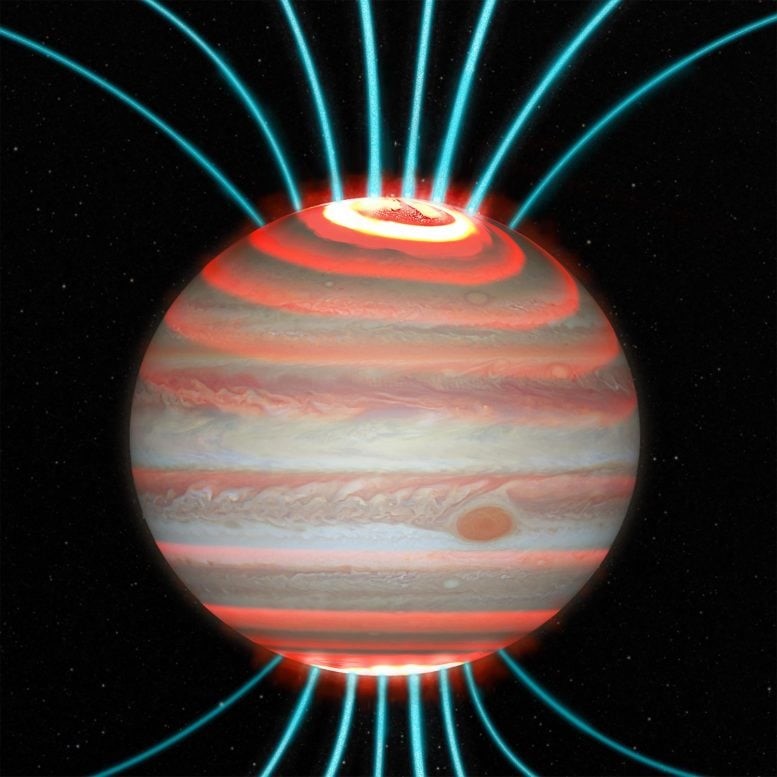
Figure 1. Jupiter’s Hidden Past: Inner Moons Reveal a Giant Twice the Size.
Jupiter’s Inner Moons Reveal Ancient Secrets
In their recent study, astronomers Konstantin Batygin and Fred C. Adams turned their attention to Amalthea and Thebe—two of Jupiter’s small, inner moons that orbit even closer than Io, the innermost of the Galilean satellites. Despite their modest size, these moons hold clues to Jupiter’s primordial state.
By analyzing the slight tilts and subtle discrepancies in their orbits, Batygin and Adams were able to reverse-engineer the planet’s ancient size. Their calculations suggest that early Jupiter had a volume exceeding 2,000 Earths—roughly twice its current volume of 1,321 Earths. Figure 1 shows Jupiter’s Hidden Past: Inner Moons Reveal a Giant Twice the Size.
As Batygin explained in a Caltech news release:
“Our ultimate goal is to understand where we come from, and pinning down the early phases of planet formation is essential to solving the puzzle. This brings us closer to understanding how not only Jupiter but the entire Solar System took shape. What we’ve established here is a valuable benchmark—a point from which we can more confidently reconstruct the evolution of our Solar System.”
A New Benchmark in Planetary Science
The findings by Batygin and Adams mark a major step forward in planetary science, offering a rare window into the early conditions of the Solar System. Unlike traditional models of planetary formation—which rely heavily on assumptions about gas opacity, accretion rates, and core mass—their approach sidesteps these uncertainties. Instead, the duo focused on directly measurable quantities, such as Jupiter’s angular momentum and the orbital dynamics of its inner moons.
This method led to a clearer understanding of a critical phase in Jupiter’s development: the moment when the solar nebula—the vast cloud of gas and dust that birthed the planets—began to evaporate. This transition signaled the end of planetary construction and the emergence of the Solar System's lasting structure. “It’s astonishing that even after 4.5 billion years, enough clues remain to let us reconstruct Jupiter’s physical state at the dawn of its existence,” said Adams.
Beyond reshaping our view of Jupiter, these results carry broader implications for planetary formation theories, particularly those concerning gas giants. Current models suggest that planets like Jupiter began as rocky or icy cores that quickly gathered massive gaseous envelopes from the solar nebula. By offering more precise measurements of Jupiter’s early size, spin rate, and magnetic intensity, this study helps refine those models and could deepen our understanding of gas giant formation in other planetary systems as well.
Source: SciTECHDaily
Cite this article:
Priyadharshini S (2025), Jupiter’s Massive Secret: Tiny Moons Hint at A Planet Twice as Large, AnaTechMaz, pp.369


